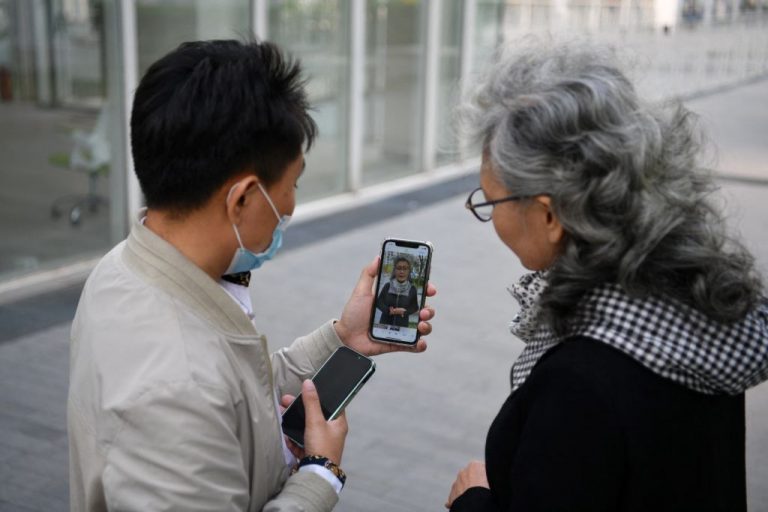TikTok, China’s viral app known for its short clips and videos, has overthrown rival platform YouTube in average watch time per user in the U.S. and UK.
App monitoring firm App Annie reports that TikTok users in the U.S. watch media for an average of over 24 hours a month on TikTok, beating YouTube’s average by about 2 hours. In the UK, TikTok users watch an average of less than 26 hours per month, while YouTube users watch an average of less than 16 hours per month.
While the data is only from Android users, the assumption is that usage is just as high for iOS users. The analysis also does not include users from China, where the app is called Douyin and is one of the country’s top apps.
While TikTok rivals YouTube in average watch time per user, YouTube still holds the top spot for overall time spent due to its larger number of Android device users.
Enders analyst Jaime MacEwan said, “YouTube still leads TikTok in overall time spent, including in the UK. YouTube’s mass audience means it’s getting more demographics that are comparatively light internet users… it’s just reaching everyone who’s online.”
Success
You are now signed up for our newsletter
Success
Check your email to complete sign up
YouTube boasts two billion users worldwide, beating TikTok’s 700 million users. YouTube also benefits more from monetization from its users due to its premium and subscription options.
YouTube has attempted to compete with TikTok’s short video format by introducing its own 60-second clip feature, YouTube Shorts. Other new features inspired by competitors include YouTube Gaming, similar to streaming platform Twitch, and YouTube Stories, similar to Snapchat stories.
Data from App Annie also suggests that live streaming has become increasingly popular, accounting for three-quarters of money spent on the top social apps. Similar to Twitch’s “Bits” currency system, used by viewers to support streamers, TikTok allows users to donate “coins” to creators.
Privacy concerns
Owned by the Chinese company ByteDance, which is also partially controlled by the Chinese Communist Party (CCP), TikTok was named the most downloaded app of 2020. The app had nearly 70 million active users that year and was the only app not owned by Facebook to top the charts.
Due to the app’s association with the communist regime, there have been concerns that TikTok is being used as a tool for espionage or data theft. The app was declared a national threat by the Trump administration, which issued an executive order to ban the app.
However, in January, President Joe Biden withdrew the executive order, which prompted Republican Senator Marc Rubio to urge the new president to reconsider the action.
India has banned the app from use indefinitely. From 2018 to mid-2020, ByteDance reportedly censored anti-China content in Indonesia, according to Reuters.
TikTok was also sued by former Children’s Commissioner for England Anne Longfield, who claimed that the app was collecting and using data from children.
READ MORE
Investigation Reveals TikTok Promoted Videos of Sex and Drugs to Minors
A recent investigation by the Wall Street Journal found that the app also exposes youngsters to videos that are likely to make parents uncomfortable. Minors as young as 13 years old were exposed to an endless stream of content about sex and drugs.
To find out what kind of content users between the ages 13 to 15 are exposed to on the platform, the media outlet created 31 fake accounts and studied their “For You” feeds. The bot accounts were quickly directed to hundreds of videos that featured adult content.
One particular account registered to a 13-year-old showed more than 500 videos of drug use, references to cocaine and meth addiction, and promotional videos for online sales of drugs. Hundreds of similar feeds were seen in the other fake accounts as well.
“TikTok also showed the Journal’s teenage users more than 100 videos from accounts recommending paid pornography sites and sex shops. Thousands of others were from creators who labeled their content as for adults only,” the Journal wrote.
According to TikTok’s community guidelines, some of the content the Journal ran into was actually banned by the platform. However, the publication did manage to share 974 videos ranging from drugs to pornography, as well as accounts that brought up topics such as eating disorders and alcohol use.















